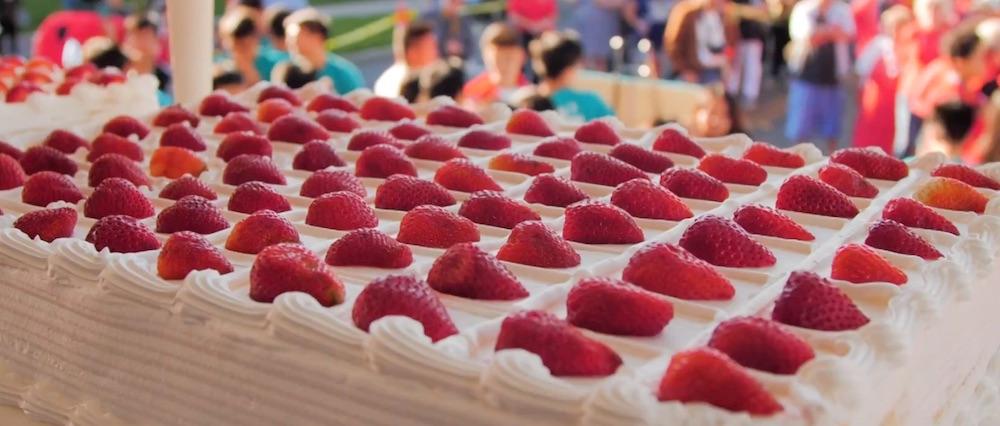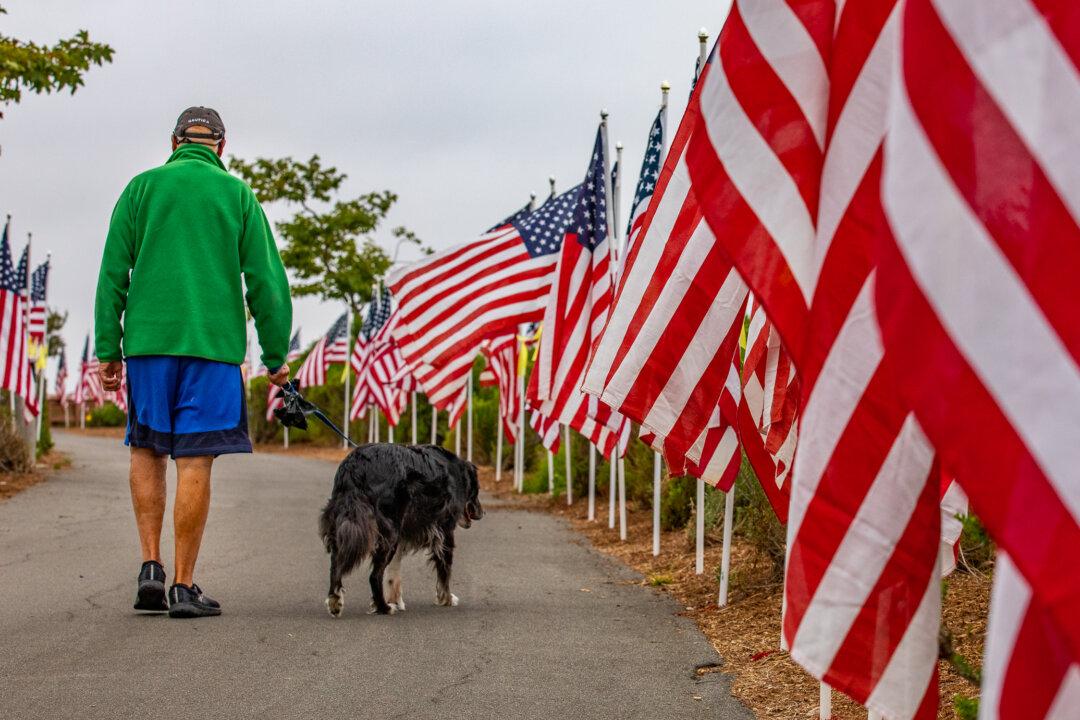The city of Buena Park joined other regions throughout Orange County and the state of California by participating in the annual Great ShakeOut earthquake preparedness drill on Oct. 15.
The drill, in which participants react to a pretend earthquake as if it were really happening, began simultaneously across the state at 10:15 a.m. and lasted for about a minute. The goal of the drill is to make sure people are prepared when a significant temblor actually occurs.





